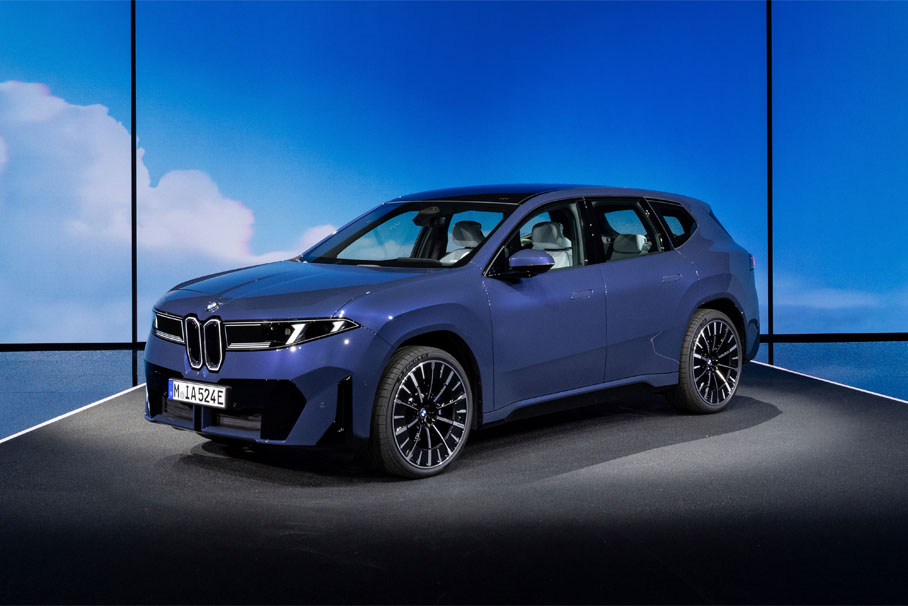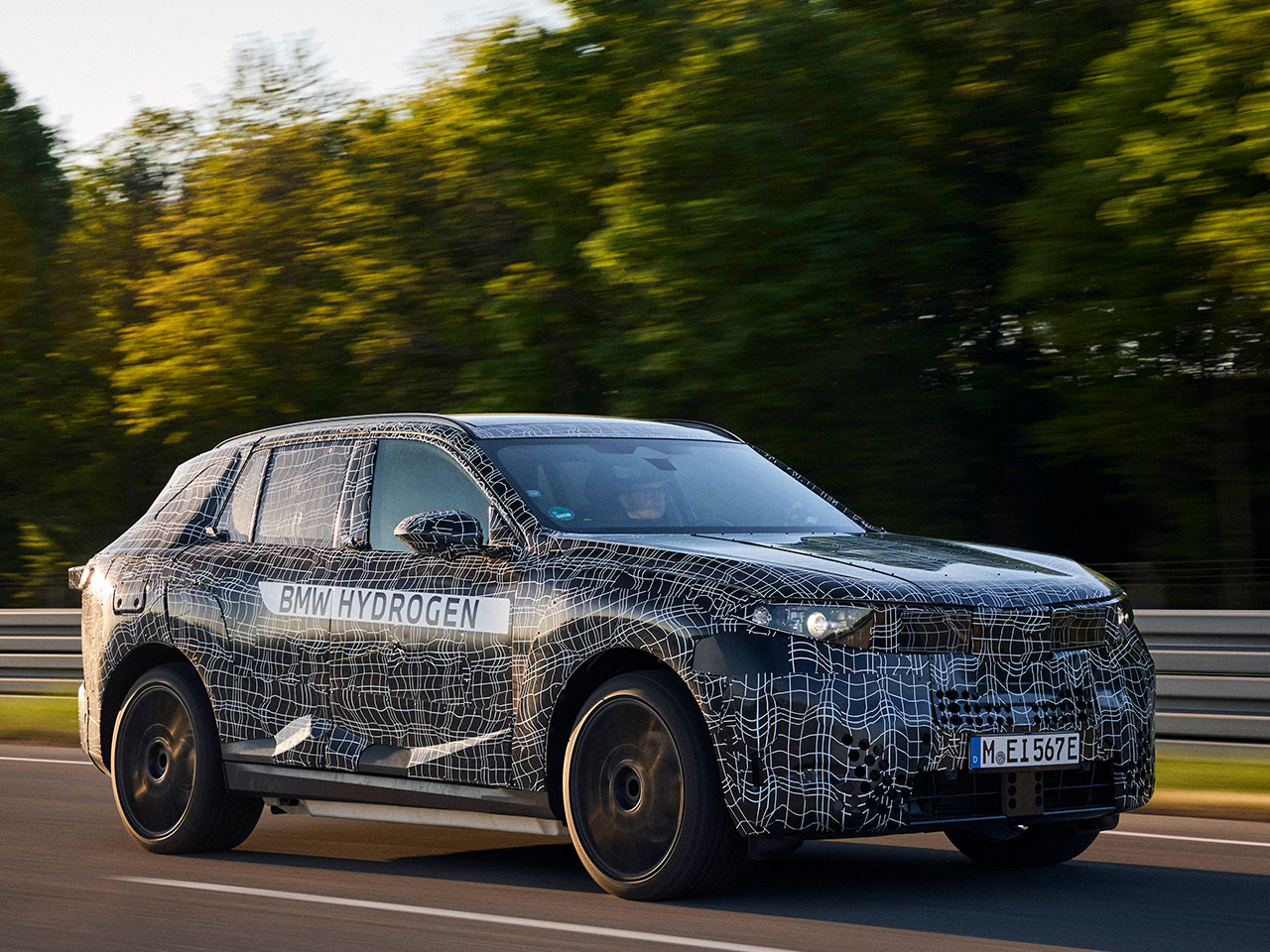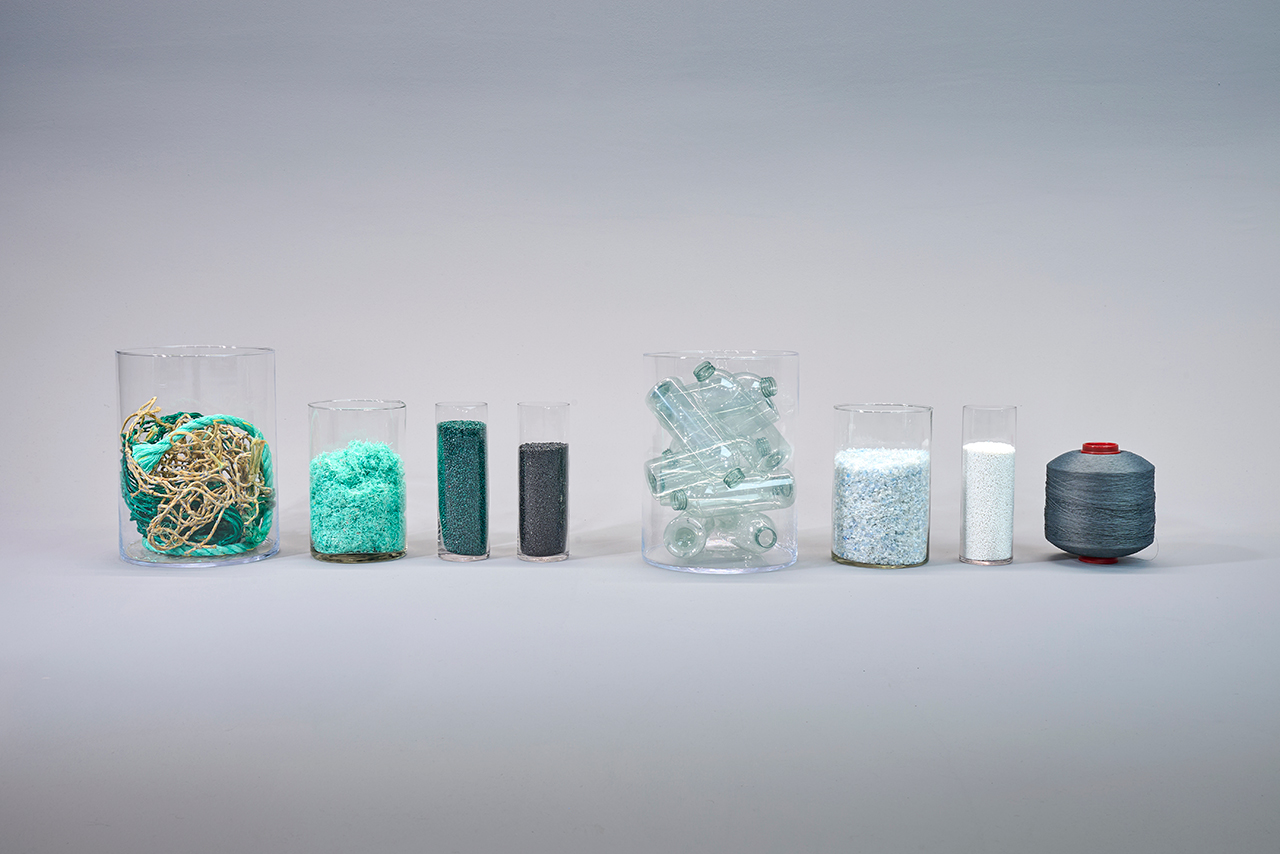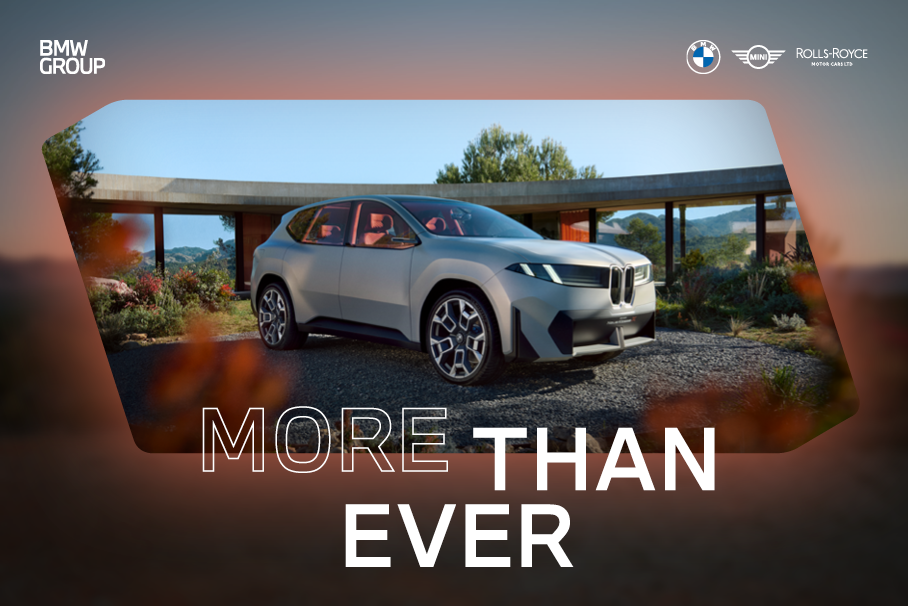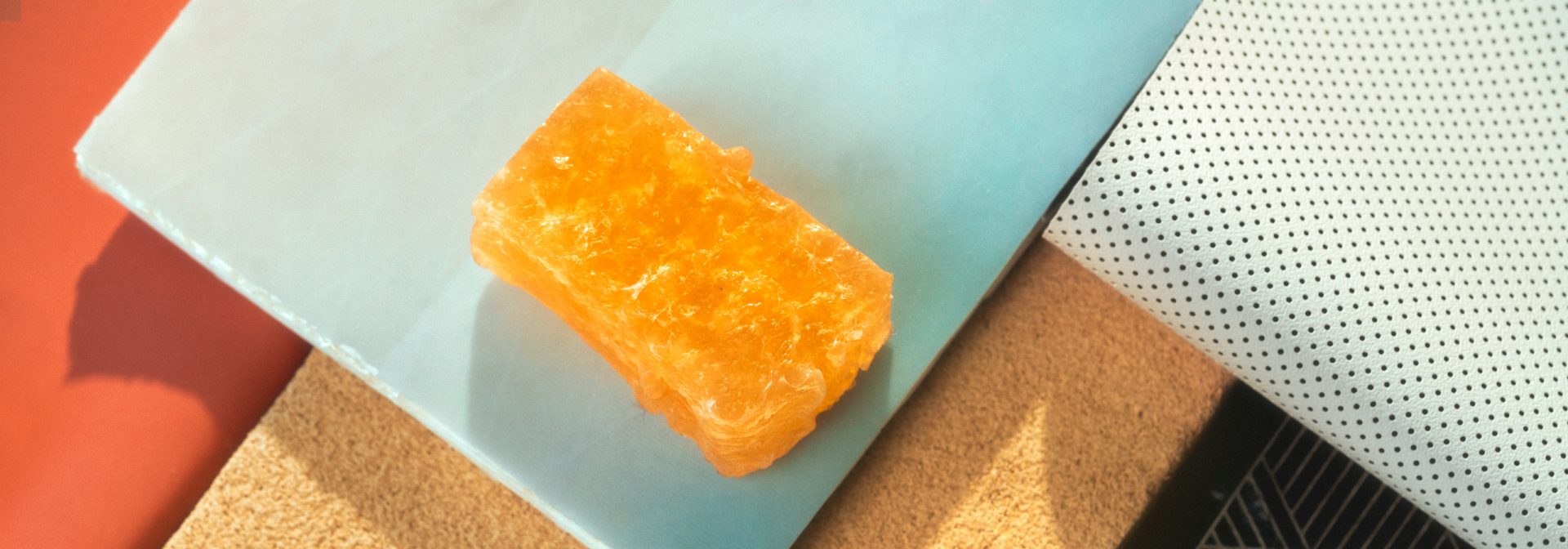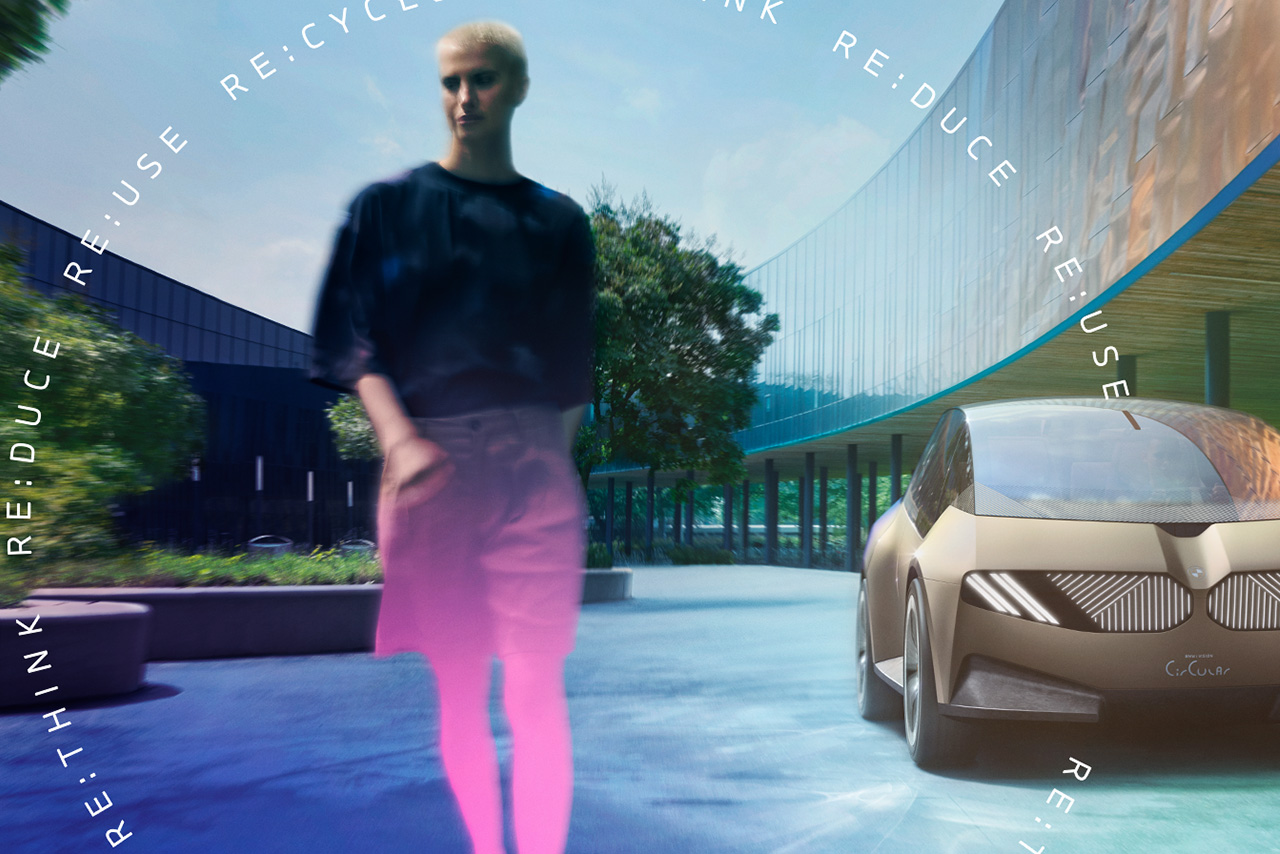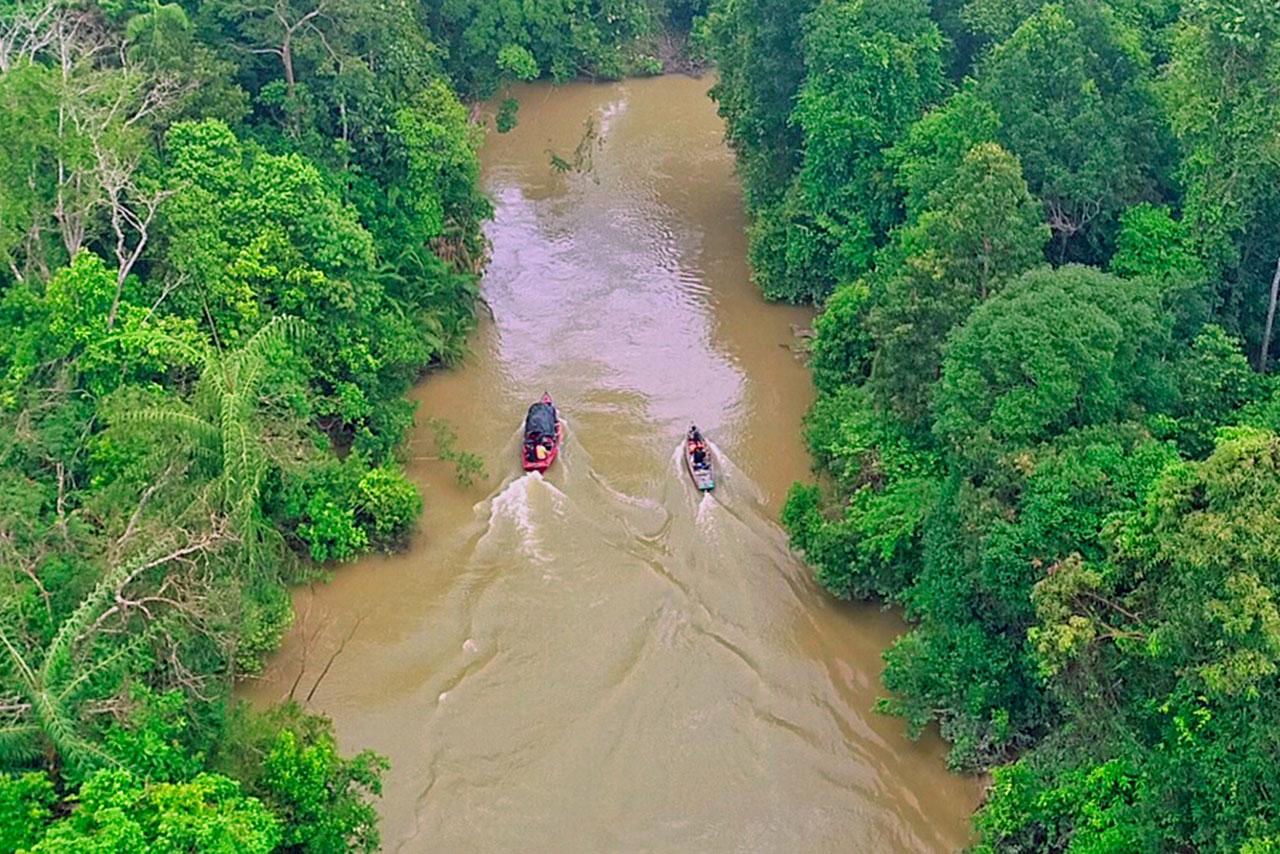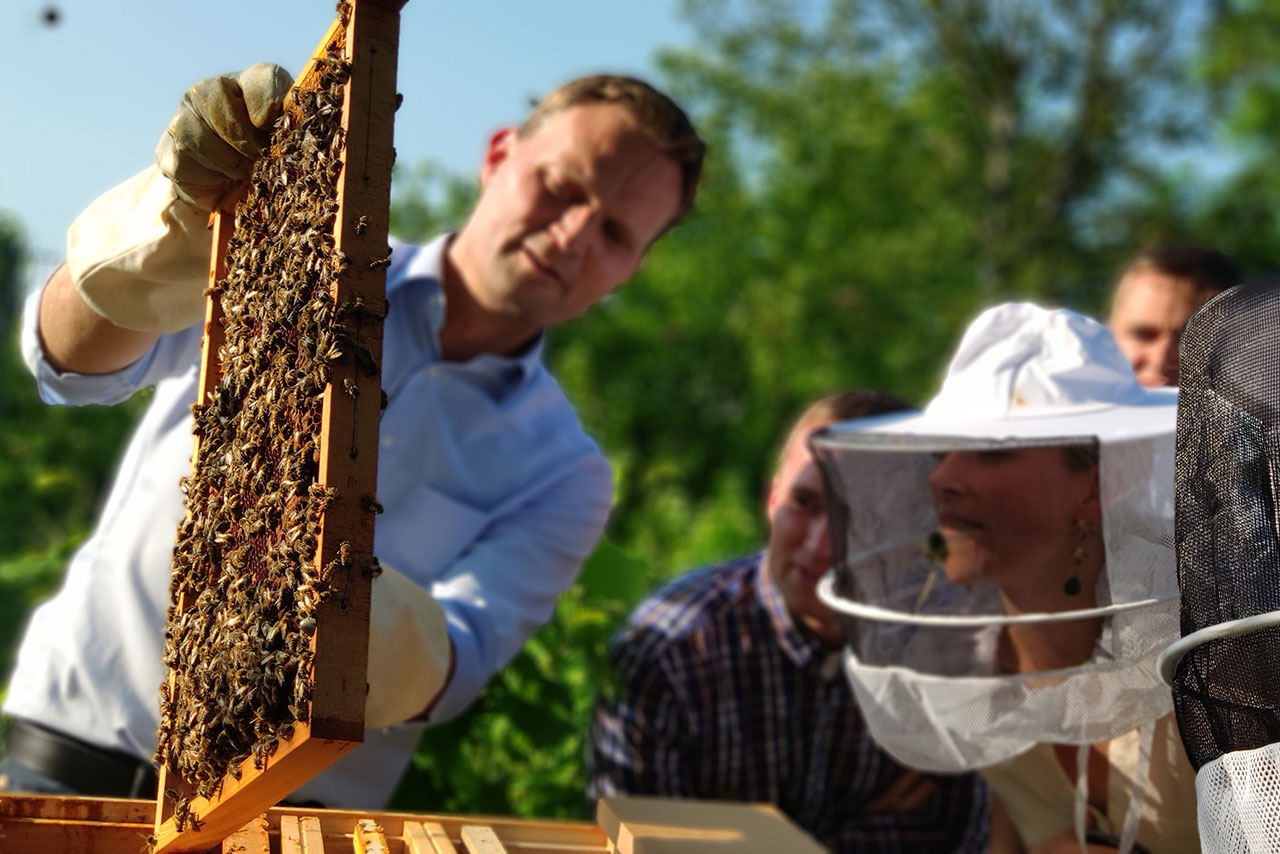Demand for vegan interior fittings is steadily increasing. The BMW Group is working with start-ups to develop high-quality leather alternatives. Thus, reducing the CO2 footprint of surfaces by 85%.
It doesn’t feel that different, this new steering wheel. Soft yet robust, it yields slightly to pressure. It’s just the grain on the steering wheel rim that looks different. For the first time, we have successfully used an acceptable leather substitute for the most important interface between driver and vehicle. The difference is barely perceptible, but it is indeed a noticeable change.
Demand for vegan and leather-free fittings continues to grow. The BMW Group is therefore stepping up its efforts to transform both vehicles and production in line with its Re:Think, Re:Duce, Re:Use, Re:Cycle circularity approach. The BMW Group will launch its first cars with completely vegan interiors as early as next year. This is mainly possible by developing innovative materials with leather-like properties. By dispensing with leather around 85 per cent of CO2 emissions along the value chain for the interior components concerned are saved – without diminishing the quality experience.
Vegan material is as robust as leather.
Particularly high demands are placed on steering wheel surfaces in terms of appearance, wear resistance and durability. Uwe Köhler, Head of Body, Exterior and Interior Development of BMW Group, promises that this material will withstand abrasion, sweat and moisture. “The steering wheel of the future, made of high-quality vegan surface material, meets the outstanding expectations of a premium brand and its customers and is equivalent to leather in terms of feel, appearance and functionality.”
The introduction of the new quality surface for steering wheels will reduce the proportion of vehicle components carrying traces of animal source materials to less than one per cent in the corresponding BMW and MINI vehicles. This leaves, for example, only various waxy substances such as gelatine as a component of protective coatings, lanolin in lacquers, tallow as an additive in elastomers and beeswax as a fluxing agent for lacquer.
High-quality textile finishes and leather alternatives are already available today for seat and interior surfaces of various types. The BMW Group is also developing new bio-based surfaces as part of its materials research and in cooperation with start-up companies. The manufacture of leather alternatives using bio-based raw materials, 100 per cent recycled polyester textile and cork particles enable CO2 emissions to be reduced by up to 45 per cent compared to today’s PVC artificial leather.
Cactus leather saves water and CO2.
One of these start-ups is the Mexican company Adriano di Marti, which produces cactus-based materials for the automotive industry: DeserttexTM consists of powdered cactus fibres and a bio-based polyurethane matrix. The BMW Group is working with the company to bring a cactus-based material to series production readiness for the automotive industry. “We are convinced that our cactus-based vegan biomaterials contribute significantly to the automotive industry’s sustainability efforts by replacing traditional cowhide with renewable, vegan alternatives,” say founders Marte Cázarez and Adrián López Velarde. According to them, their cactus fields store 8,100 tonnes of CO2 in the soil every year. The cacti need no irrigation, and there is no wastewater because, unlike cowhide, there is no need for traditional tanning using chemicals. In contrast to cattle rearing, no climate-damaging methane gas is produced.
Another innovative product is the 100 per cent bio-based and petroleum-free MirumTM. It has the potential to mimic all the traditional properties of leather and is completely recyclable. BMW i Ventures has been investing in Natural Fiber Welding since last year to support the start-up in commercialising its products. “Natural Fiber Welding has developed an innovative process to convert plants into a natural, 100% recyclable material that mimics all the properties of traditional leather. Having a premium-quality, scalable, low-cost alternative to leather is key to the further decarbonisation of the automotive industry,” says Kasper Sage, Managing Partner at BMW i Ventures.
Impetus from the fashion and furniture industry.
Recycling materials as intensively as possible is an important milestone on the way to a circular economy, keeping raw materials in a cycle for as long as possible. BMW Group Design presents ideas for tangible application examples of further innovative materials and production methods with visionary seating studies. These are intended to contribute to lower CO2 emissions as well as to increased use of secondary materials and at the same time establish a new, high-quality aesthetic in the interior of future automobiles. “Seating studies are a symbiosis of material development and design,” explains Annette Baumeister, Head of BMW Material and Colour Design. They also draw inspiration from the fashion and furniture industry, for example for the MINI “3D-Knit” seat study. A resource-saving 3D weaving process uses a mono-material with complete recyclability. There is virtually no production waste and, compared to the conventional manufacturing process, 3D weaving is less time-consuming. It is also produced in a single piece, which gives a particularly high-quality look without any seams. The fabric, produced using the 3D weaving process, offers a high level of thermal comfort and a particularly modern appearance.
“We are testing how these innovative materials can be combined and how they can be best used. In the process, we are creating unique seats with a whole new aesthetic that also prompts discussion. It is important to have a dialogue about this, for example to define New Luxury.” Sustainable design does not necessarily have to restrict aesthetics: “We focus on value, quality and modernity,” says Annette Baumeister.
Visionary materials are resource-friendly, circular, aesthetic.
Seat surfaces are a central element in the design of vehicle interiors and are extremely significant for the customer’s perception of the overall ambience. Exciting colour combinations and surprising surface textures open up a new kind of lifestyle and luxury experience that is strongly influenced by an awareness of sustainability. Efforts to conserve resources and reduce CO2 emissions also provide valuable impetus for innovations in the areas of design and material selection.
The greatest challenge in developing new materials is always to get them ready for series production and thus make them widely available and usable. The BMW Group therefore consistently promotes research and development in the field of secondary raw materials and sustainable materials. By reducing the use of raw materials of animal origin combined with a significant CO2 reduction along the entire value chain, the BMW Group is coming closer and closer to its central goal of climate neutrality – one step at a time.








